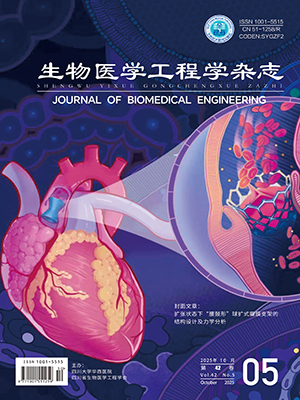During transfer tasks, the dual-arm nursing-care robot require a human-robot mechanics model to determine the balance region to support the patient safely and stably. Previous studies utilized human-robot two-dimensional static equilibrium models, ignoring the human body volume and muscle torques, which decreased model accuracy and confined the robot ability to adjust the patient’s posture in three-dimensional spatial. Therefore, this study proposes a three-dimensional spatial mechanics modeling method based on individualized human musculoskeletal multibody dynamics. Firstly, based on the mechanical features of dual-arm support, this study constructed a foundational three-dimensional human-robot mechanics model including body posture, contact position and body force. With the computed tomography data from subjects, a three-dimensional femur-pelvis-sacrum model was reconstructed, and the individualized musculoskeletal dynamics was analyzed using the ergonomics software, which derived the human joint forces and completed the mechanic model. Then, this study established a dual-arm robot transfer platform to conduct subject transfer experiments, showing that the constructed mechanics model possessed higher accuracy than previous methods. In summary, this study provides a three-dimensional human-robot mechanics model adapting to individual transfers, which has potential application in various scenarios such as nursing-care and rehabilitating robots.
Citation: YANG Zhiqiang, HOU Funing, LIN Qiang, XIE Jiexin, LU Hao, GUO Shijie. Three-dimensional human-robot mechanics modeling for dual-arm nursing-care robot transfer based on individualized musculoskeletal multibody dynamics. Journal of Biomedical Engineering, 2025, 42(1): 96-104. doi: 10.7507/1001-5515.202406074 Copy
Copyright © the editorial department of Journal of Biomedical Engineering of West China Medical Publisher. All rights reserved




